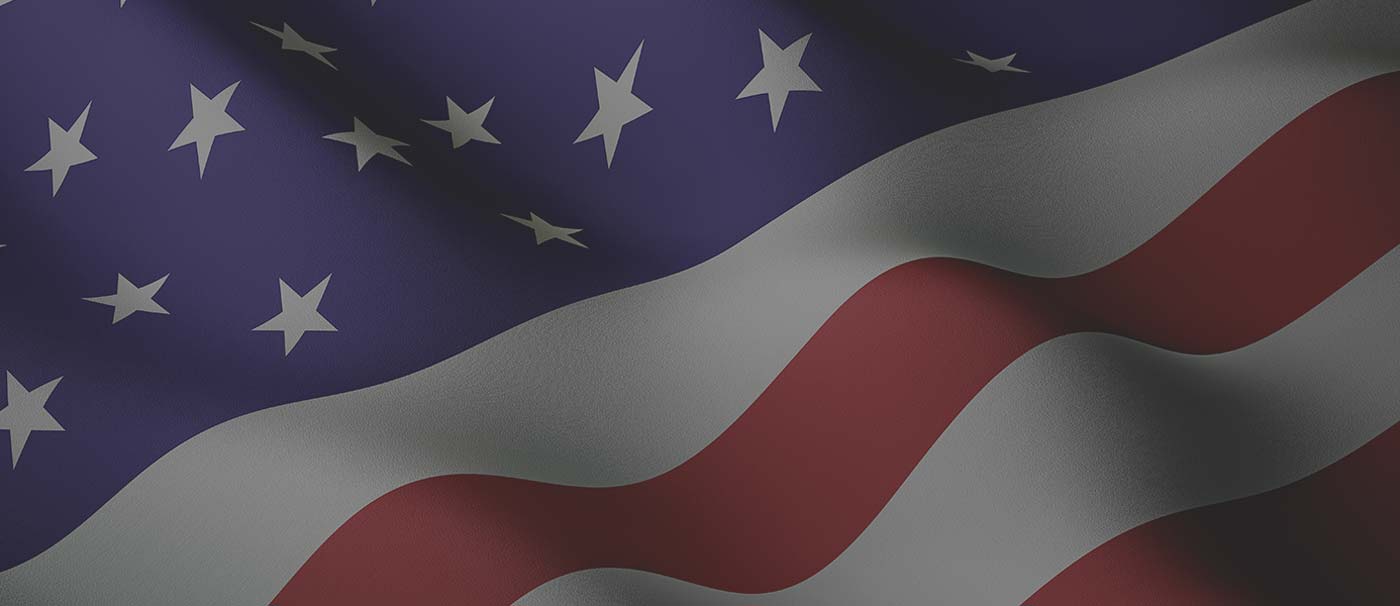Religious Liberty in the Marketplace Overview
A. The original intention or original meaning of the First Amendment was not to exclude religious expression from the public square. The Founding Fathers, who risked the voyage across the Atlantic because of religious persecution in England, were determined from the very beginning to establish the protection of religious liberty as a first freedom. The Constitution clearly delineates the role of government and the protection of Constitutional rights for all citizens.
B. The Constitution does not limit the freedom of religion to only the, “freedom of worship.” Freedom of religion must include the ways in which a person conducts all aspects of his or her life. As a nation, our laws must encourage and support, not penalize, citizens who seek to adhere to their deeply held religious beliefs and moral convictions.
C. Matters of conscience are not merely theoretical or philosophical, but impact decisions of daily living.
D. The free exercise of religion includes the freedom to hold beliefs and act according to the conscience that is formed by those beliefs.
E. Redefining religious liberty marginalizes those with traditional views and leads to the erosion of individual freedom. If religious liberty is successfully redefined, people of faith will be driven to the margins of culture.
F. The issue of states’ rights vs. judicial tyranny is a real concern. An unfavorable court ruling can infringe on the religious liberties of the majority of the population—for example, legal precedent that coerces and compels others to recognize and affirm same-sex relationships in the definition of traditional marriage. States should have the right to create their own policies on social issues – read more here.
 National Strategic Center
National Strategic Center 
 Join the movement in your state
Join the movement in your state  For APCN Members
For APCN Members 








